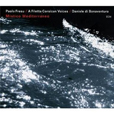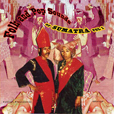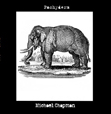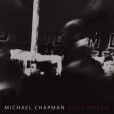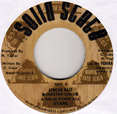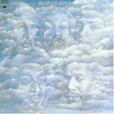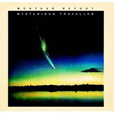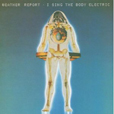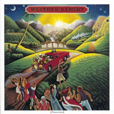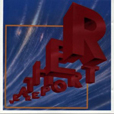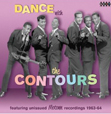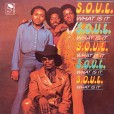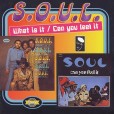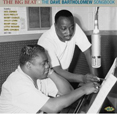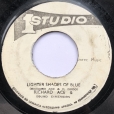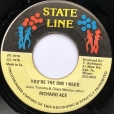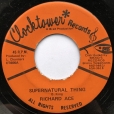Your basket is empty

His lovely, lyrical jazz trumpet-playing blended with the Corsican polyphony of A Filetta, and the bandoneon of Daniele Di Bonaventura, in the tradition of Miles’ take on Rodrigues’ Concierto de Aranjuez.
Limited, gatefold LP version of the first SF CD release in 2003: droning beat pop, early Orkes Melayu songs, Batak Tapanuli, traditional Minang, and rare folk drama from the Indonesian island, from cassettes.
Tough roots, produced by Rod Taylor.
Twenty-six tracks, only two of them previously released: romping stomping early Detroit soul. Excellent notes, with comments this year from member Joe Billingslea, and rare photos.
Cleveland funk from 1971, featuring a popping version of Express Yourself, a do-over of The Temps’ Message From A Black Man, and — crucially — the b-boy jazz anthem, Burning Spear.
Hats off every time to the founding father of New Orleans rhythm and blues. DB holds the master recipe for soul-ska-rhumba-blues gumbo. Just check the tracklisting for a sense of his achievement. Don.
The 2011 album available on vinyl for the first time.
Bonjo Iyabinghi Noah meets Adrian Sherwood, with numerous guest spots including Jazzwad and Adamski.
Some of the hardest hitting AHC rhythms are here; more tailored to sound-system transmission than ever before.
‘The star of the show is Noah’s mesmerising hand drumming, especially on the headspinning Microdosing’ (The Guardian).
‘Easily AHC’s most accessible, vivid approximation yet of Brian Eno’s fabled ‘vision of a psychedelic Africa’’ (Mojo).
‘A ceaselessly unpredictable and eclectic record that manages to sound as traditional as it does experimental’ (Uncut).
Tough, thumping Jammys from 1989, with expert falsetto singing from CT.
